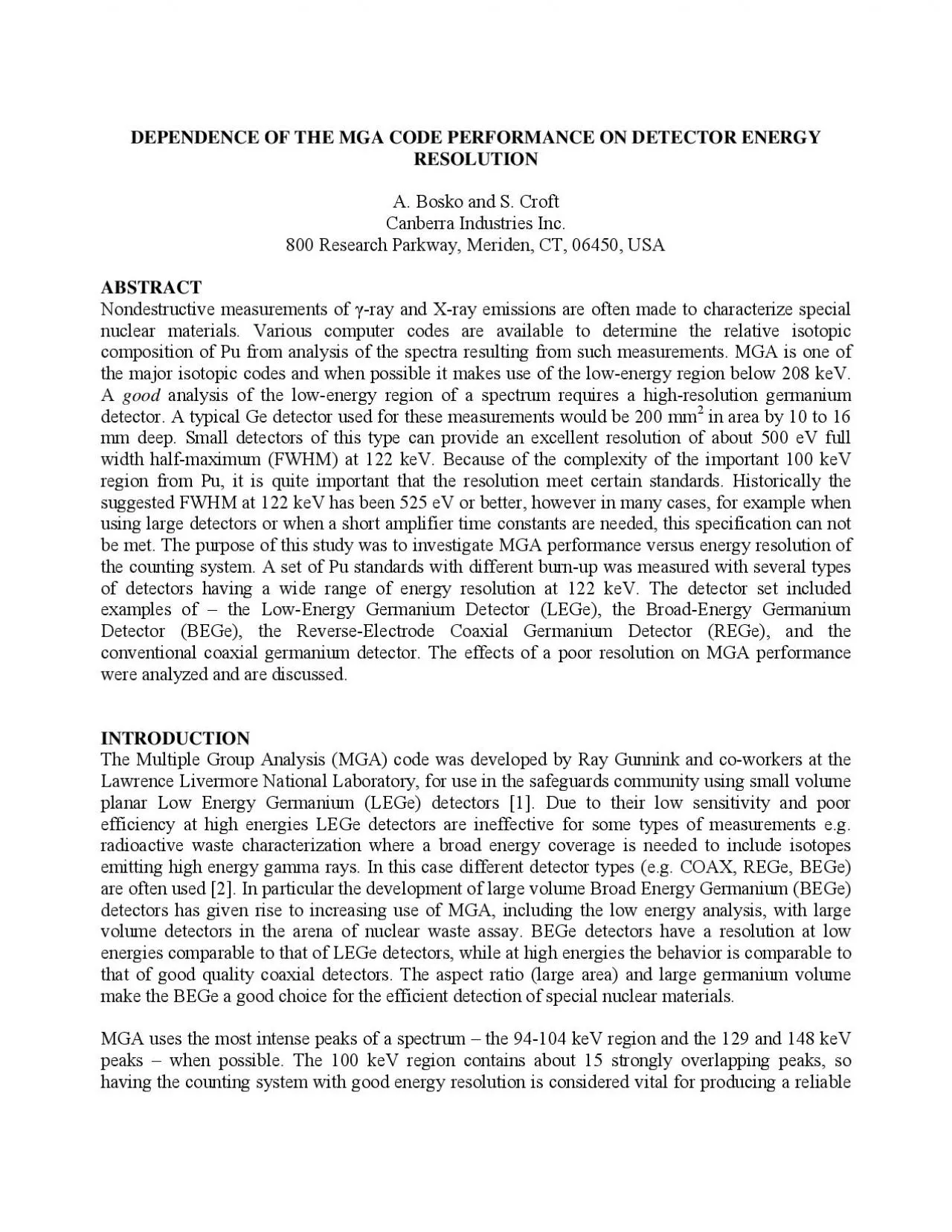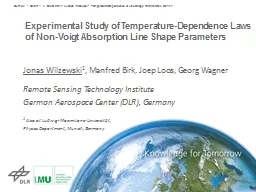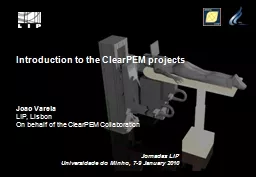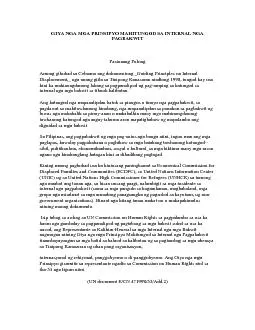PDF-DEPENDENCE OF THE MGA CODE PERFORMANCE ON DETECTOR ENERGY RESOLUTION C
Author : dandy | Published Date : 2021-09-13
results during isotopic analysis Traditionally it was recodetector with a full width halfmaximum FWHMHowever in many cases when using large detectors or when using
Presentation Embed Code
Download Presentation
Download Presentation The PPT/PDF document "DEPENDENCE OF THE MGA CODE PERFORMANCE O..." is the property of its rightful owner. Permission is granted to download and print the materials on this website for personal, non-commercial use only, and to display it on your personal computer provided you do not modify the materials and that you retain all copyright notices contained in the materials. By downloading content from our website, you accept the terms of this agreement.
DEPENDENCE OF THE MGA CODE PERFORMANCE ON DETECTOR ENERGY RESOLUTION C: Transcript
Download Rules Of Document
"DEPENDENCE OF THE MGA CODE PERFORMANCE ON DETECTOR ENERGY RESOLUTION C"The content belongs to its owner. You may download and print it for personal use, without modification, and keep all copyright notices. By downloading, you agree to these terms.
Related Documents














